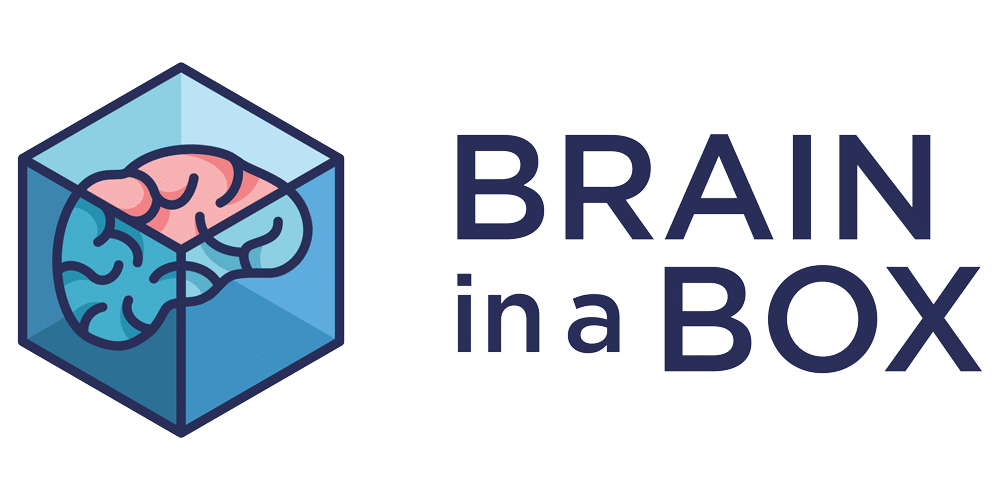SPEAK WITH AN EXPERT
Is your business struggling to maintain steady growth, and you’re just not sure why? Are you spending precious hours trying to figure out what’s slowing down your progress? Well, my friend, you might be dealing with bottlenecks in your business processes. And the good news is, you’re not alone. Many businesses, big and small, face similar challenges. So, let’s dive into the world of bottleneck identification and find solutions that can help your business thrive!
But first, you may be wondering, what exactly is a bottleneck? In simple terms, it’s a point in your business processes where things slow down, causing inefficiencies and hindering productivity. Identifying bottlenecks is a crucial aspect of business systemisation, and by addressing these issues, you can help your business run more smoothly and reach its full potential.
Now that you know what bottlenecks are, let’s learn how to spot them in your business processes:
Start by listing all your business processes – from the simplest to the most complex.
Break down each process into individual steps or tasks.
Work with your team, walking through your processes to spot inefficiencies.
Track the flow of tasks from start to finish, noting any error points, delays or stoppages.
Keep an eye out for tasks that take longer than expected, as these are prime candidates for bottlenecks.
Look for patterns in your observations, such as recurring errors, delays or inefficiencies.
Identify any particular tasks or steps that seem to be causing problems, and examine why they’re slowing things down.
Consider whether the issue is due to a lack of resources, inefficient processes, poor training or support, or communication problems.
Rank the identified bottlenecks based on their impact on your overall business performance – think Time, Cost and Quality. Focus on addressing the most critical issues first, as these will have the greatest impact on your bottom line.
Now that you know how to identify bottlenecks, it’s time to explore some solutions for overcoming these challenges:
Streamline your processes by eliminating any unnecessary steps or tasks.
Look for ways to automate repetitive tasks, freeing up time and resources for more valuable activities.
Make sure your processes are well-documented,accessible and easy to follow, reducing the likelihood of errors and delays.
Foster open and transparent communication within your team.
Encourage team members to share their ideas and concerns, helping to identify potential bottlenecks before they become major issues.
Implement tools and systems that make it easy for team members to collaborate and share information.
For further reading, article on the different types of systems available.
Ensure that your team members have the necessary skills and knowledge to perform their tasks efficiently.
Provide ongoing training, support and development opportunities, helping your team to stay up-to-date with industry best practices.
Consider investing in external expertise if your team lacks specific skills or knowledge that may be contributing to bottlenecks.
Keep a close eye on your processes and performance, looking for any signs of new bottlenecks or recurring issues.
Regularly review your processes, making adjustments as needed to optimise efficiency and productivity.
Encourage a culture of continuous improvement, empowering your team to actively seek out and address bottlenecks and inefficiencies.
Delegate tasks to the appropriate team members, ensuring that each person is working on tasks that align with their skills and expertise.
Empower your team members by giving them the authority and resources needed to make decisions and implement changes.
Encourage a sense of ownership and responsibility, helping to create a proactive and engaged workforce.
Assess the technology and tools currently being used in your processes and consider whether they are contributing to bottlenecks.
Invest in new technologies that can help streamline your processes, improve communication, and reduce errors.
Stay up-to-date with the latest advancements in your industry, ensuring that your business remains competitive and efficient.
By identifying and addressing bottlenecks in your business processes, you can significantly improve the efficiency and productivity of your operations. This, in turn, will help your business grow and thrive in today’s competitive marketplace.
In summary, here’s what you need to do to identify bottlenecks in your business processes:
By implementing these strategies, you’re well on your way to creating a more efficient, productive, and successful business. Remember, addressing bottlenecks is a continuous process that requires ongoing attention and effort. But with the right mindset and approach, you’ll be well-equipped to tackle these challenges head-on and enjoy the benefits of a smoother, more efficient business. Good luck!
